2014.02.10
Okinawa’s most famous bird
The most famous bird on Okinawa is Yanbaru Kuina. This is an endangered flightless bird with a red beak and red nose and was only discovered in 1978. This bird is sole habitat is Yanbaru, the northern area of Okinawa, which starts from Nago, and extends all the way to the northern tip of Cape Hedo. It is very rare to ever see a Yanbaru Kuina in the wild, but you may notice when driving in the northern area around Hedo many signs along the road warning you to be careful because of Yanbaru Kuina crossing.
How does the Yanbaru Kuina sound? Well, this bird is very noisy with a variety of loud calls such as ki-ki-ki, kyip-kyip-kyip, or a pig like squeal and deep bubbling gu-gu-gugugugu and gyu-gyu-gyagyagya. It calls most often early or very late in the day, and usually from ground level, but can sometimes call from trees. Pairs of Yanbaru Kuina often call together, and up to 12 birds have been heard in one area.
Unfortunately, the Yanbaru Kuina is an endangered bird, and although it may look enticing to some with the hunting spirit, it is illegal to kill or eat one. In 1986 there were an estimated 1,800 of he birds left. In recent count the number has dropped, and there are an estimated 720 birds; however, fortunately due to conservation efforts the Yanbaru Kuinas count seems to be holding steady. A captive breeding program is in place to increase the population with the goal of adding an additional 200 birds by 2017.
The Yanbaru Kuina cannot fly well but can run swiftly and spends most of its time on the ground eating, preening and bathing. It also likes to be close to water. The bird sleeps in trees to stay away from predators. Unfortunately, the biggest predator for the Yanbaru Kuina is people. It’s habitat has been reduced due to logging, agriculture, dams, and golf courses. Cats, dogs and cars also have had an impact on the birds’ habitat.
The Yanbaru Kuina finds a partner and they mate for life. Nests are built on the ground and made of leaves, grass and ferns. Between May and July their eggs are laid and there are usually 2-4 in a clutch. The eggs are oval in shape and white with red or brown markings at the larger end. Unfortunately, hungry, poisonous Habu snakes often eat the eggs. Yanbaru Kuina babies are black with yellowish legs and feet and white bill with a blackish tip.
In my opinion the Yanbaru Kuina is not the strongest or most versatile of birds and is more like a brown chicken. This bird is a part of Okinawan nature, and it would be a gift to see one in the wild while exploring the northern area. While camping I have heard the Yanbaru Kuina call some evenings. I would have to agree that they are the noisiest nighttime bird I have ever heard, but at the same time it was a pleasure to hear them chatter away.



 2024.06.08
2024.06.08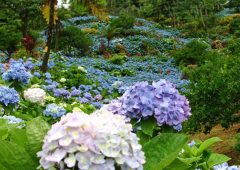 2024.05.25
2024.05.25 2024.04.26
2024.04.26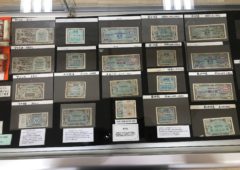 2024.04.22
2024.04.22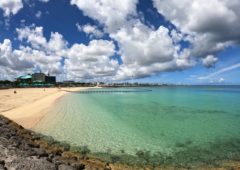 2024.04.10
2024.04.10 2024.01.31
2024.01.31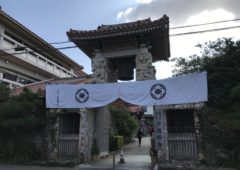 2024.01.02
2024.01.02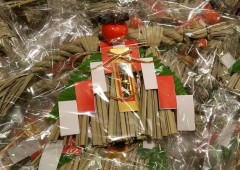 2023.12.27
2023.12.27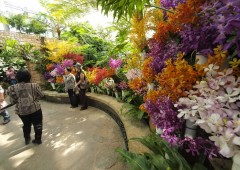 2023.11.16
2023.11.16






